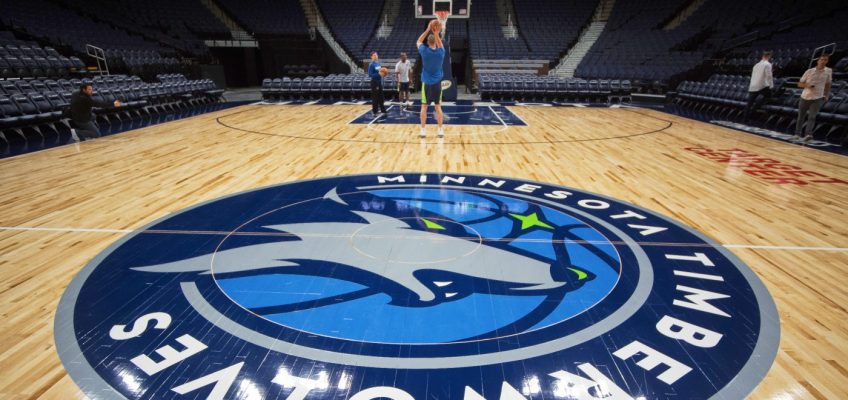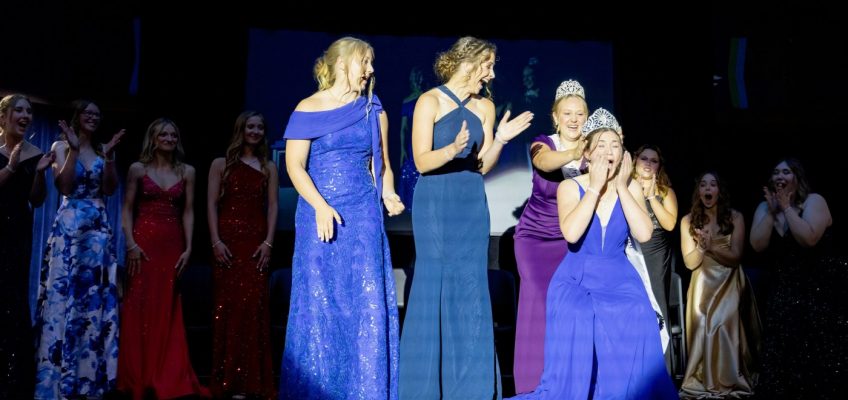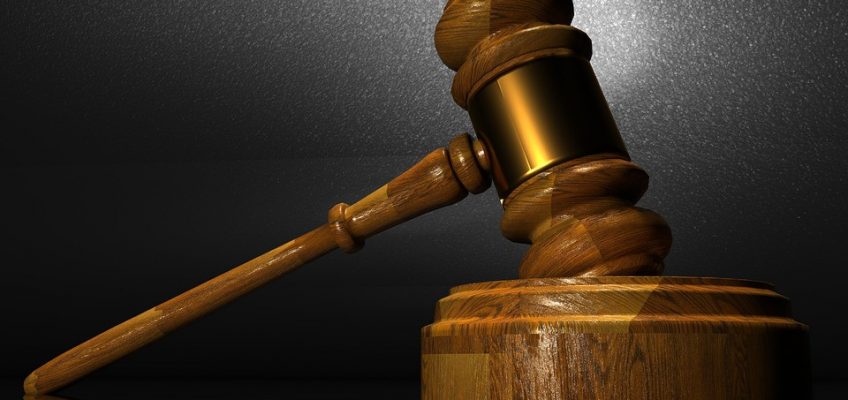Fewer than two months after taking controlling ownership of the Timberwolves and Lynx, Marc Lore and Alex Rodriguez laid off roughly 40 employees Wednesday, according to Sports Business Journal.
No one in basketball operations was included in the lay offs, but those in “business operations spanning human resources, marketing, sales and creative” were included in the departures, per the report.
The report called the layoffs an “operational restructuring” that took place after a seven week assessment period. But the lengthy period of time between the ownership transfer and this week’s decisions is interesting considering Lore and Rodriguez have been entrenched in the organization since entering the fold in 2021.
It’s not unusual for new owners to want to come in and hire their own people to fill key positions. Former Timberwolves CEO Ethan Casson and COO Ryan Tanke departed the organization after the transfer of ownership and have since taken on prominent roles within other NBA franchises.
Included in this week’s layoffs was Sara Perez, Minnesota’s director of basketball communications, who spearheaded a public relations staff that won the McIntyre Award — given to the NBA’s top PR staff by the basketball writers association — for its work during the 2023-24 campaign.
Whether the decisions this week were with made with the intent of turnover, a cost-cutting measure or some combination of the two remains to be seen.
Related Articles
Timberwolves: Regular-season includes 28 national TV games
Who do the Timberwolves play in the preseason?
Donte DiVincenzo no longer to play EuroBasket with Italy this summer
Timberwolves guard Mike Conley talks Wolves, his health and golf
Takeaways from Timberwolves’ Summer League




